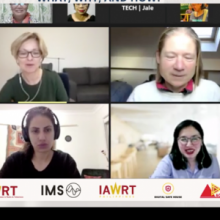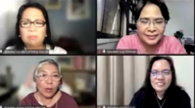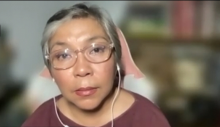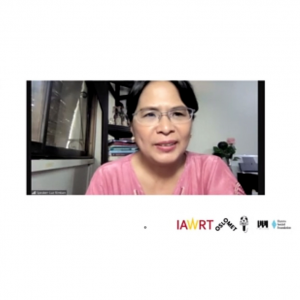The Digital Safe House launch is a pilot project in the Philippines.
IAWRT launched the Digital Safe House and Collaboration Platform on December 10 International Human Rights Day and the last day of 16 days of Activism Against Gender-Based Violence. This day is also the first year anniversary of the arrest and wrongful imprisonment of its communication officer Lady Ann Salem or Icy and the killing of its IAWRT Afghanistan member Malalai Maiwand. Icy was released on March 5 and headed the Digital Safe House project.
The Digital Safe House is a one-stop or first-stop shop that links various journalists’ safety and well-being programs offered by different media groups, non-government organizations, human rights, lawyers, and church and religious groups in the Philippines.
The Digital Safe House for Filipino Women Journalists can be found on this link. https://www.digitalsafehouseph.net/
The Digital Safe House partners have shared with us their own labor of love for journalists such as:
- The alert system of NUJP and CMFR from where we get the number of journalists killed and the threats and attacks on journalists
- Peer support and counseling from PECOJON, PCPR and the Order of Carmelites
- Legal assistance from the Media Defence Legal Initiative and NUPL
- If you encounter problems with your gadgets or online accounts, you can look at the Digital First Aid to help you secure them or troubleshoot them
- IAWRT and NUJP have safety handbooks, and NUJP also has ethical guide and psychological first aid handbooks
- Safety and digital security trainings are being offered by CCJD, NUJP, FMA and PPI provides journalist talks and trainings
- AIJC also inspired us to include a section on groups that journalists can join like NUJP, PCP and IAWRT because some journalists need a group that they can belong and to support them
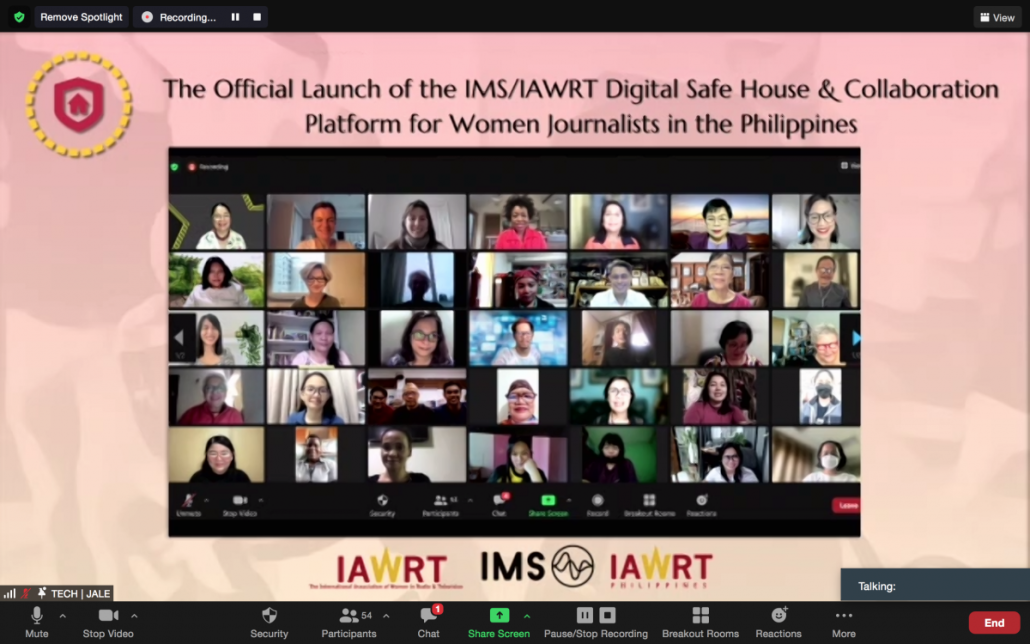
IAWRT’s Digital Safe House pilot in the Philippines project officer Lady Ann Salem talked about how women journalists suffer different attacks from men; while they are not on the killed list, they experience online harassment, sexism and misogyny in the field and in the workplace, lawfare, arrests and/or detention and had to live through it.
British Embassy Ambassador to the Philippines Laure Beaufils expressed support for the project and recognized the three-year partnership with IAWRT on women journalists’ safety.
International Media Support Global Safety Advisor Colette Heefner congratulated IAWRT and shared her excitement that the public can now see what IAWRT has been working on for the past months.
Digital Safe House partners expressed support and commitment for the project during the launch.
IAWRT Philippines hopes to continue to reach out to more partners all over the country so we can be able to cater their programs, resources, services to more women journalists.
IAWRT plans to iterate the project in other countries where women journalists need a third-party platform to report cases of threats and attacks and seek help so they can continue their work.


